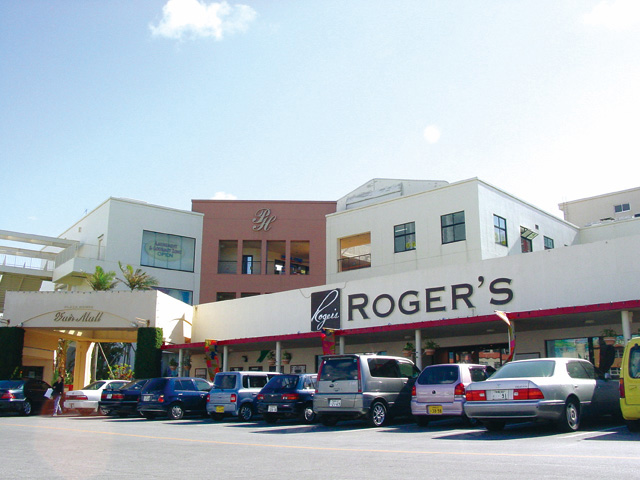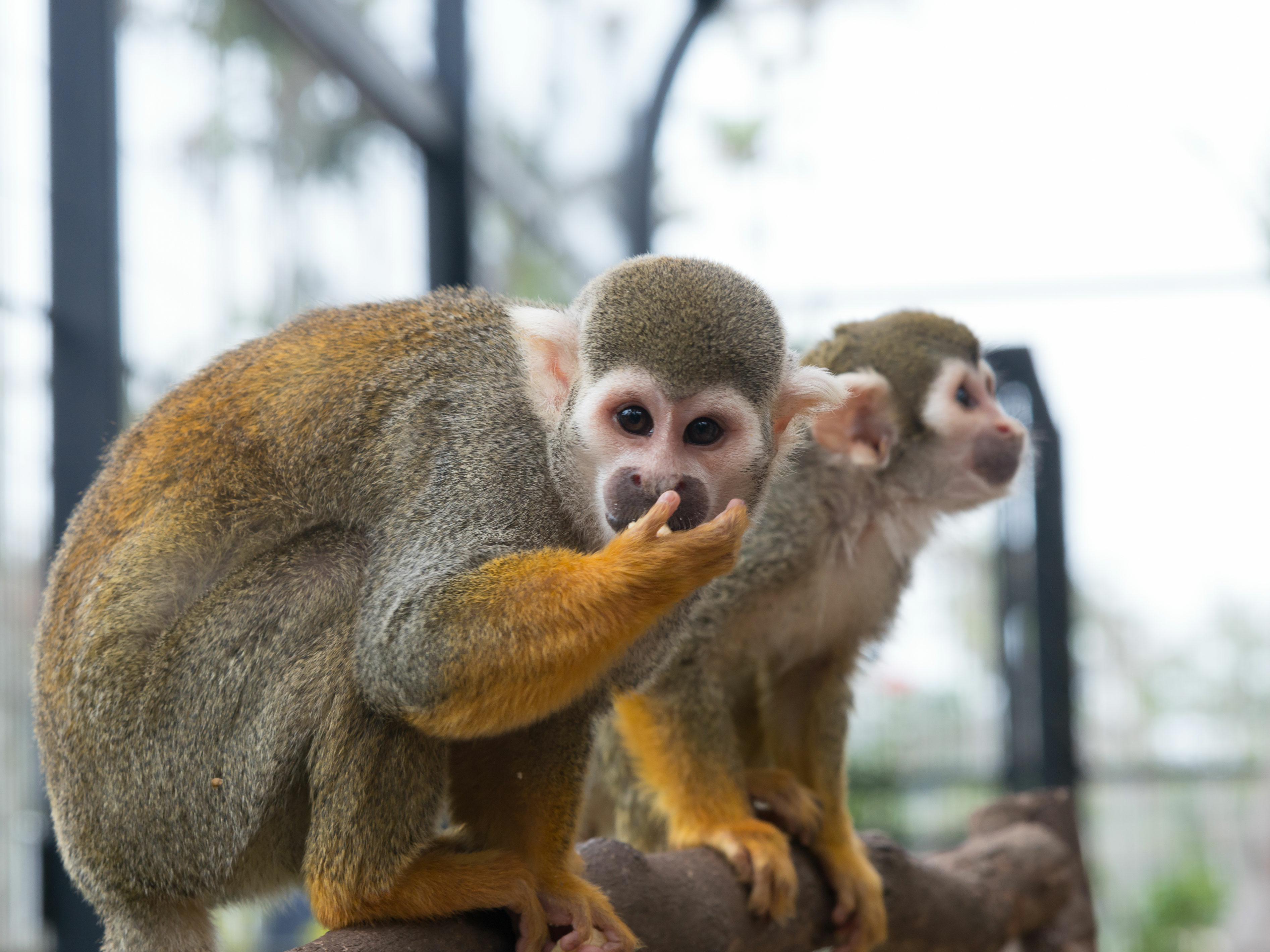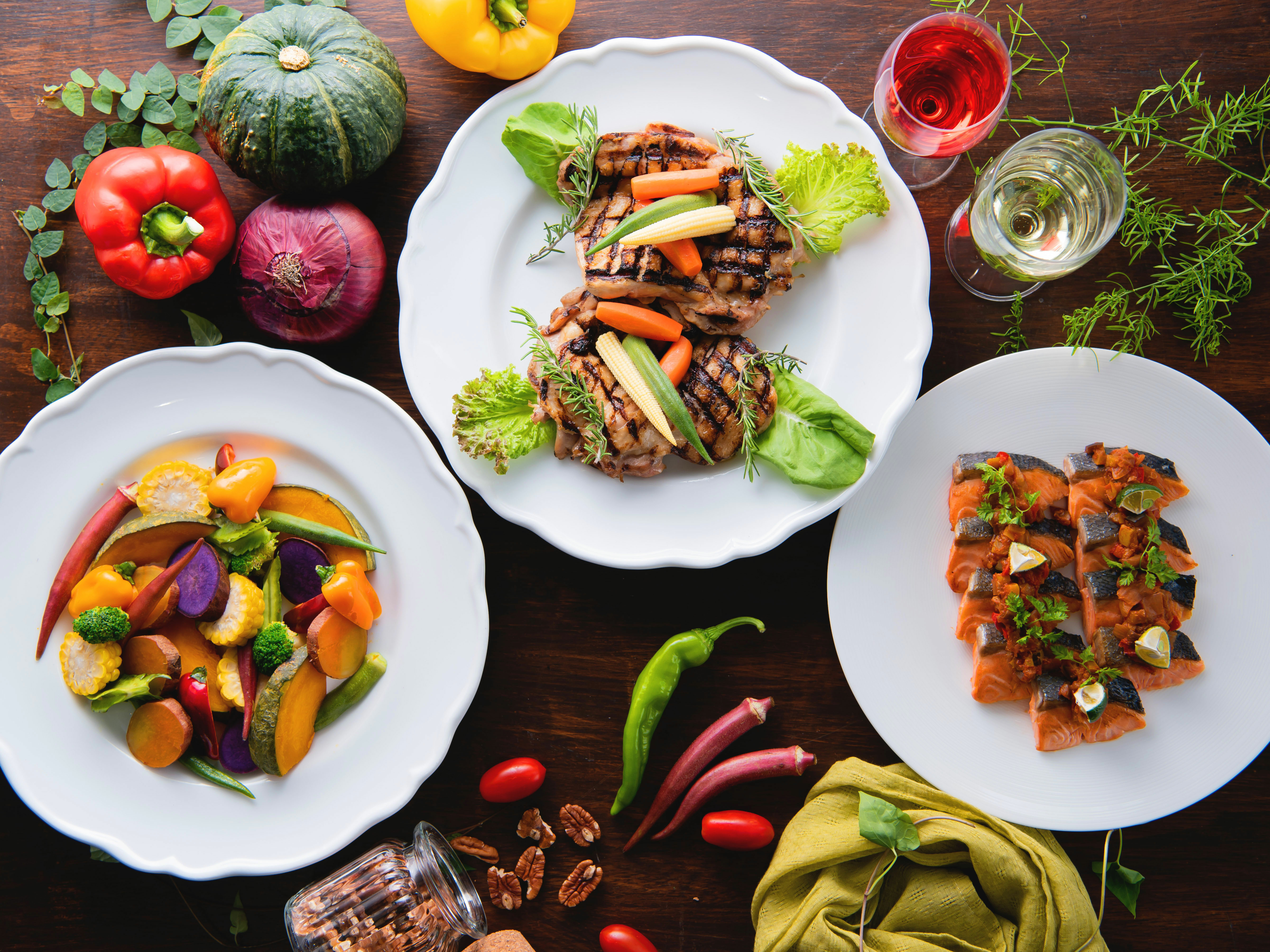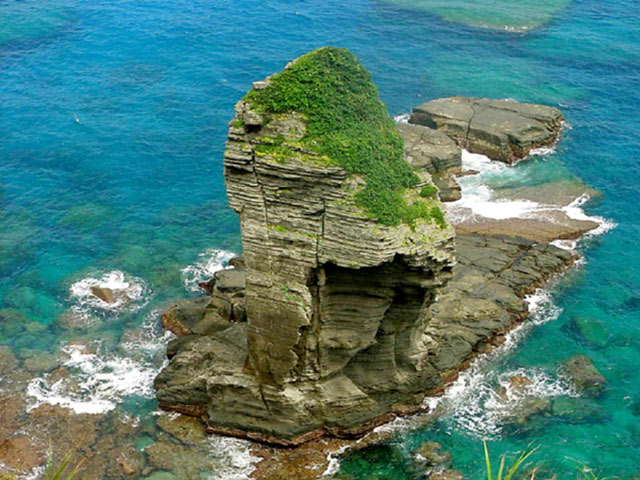
Plaza House Shopping Centre
It was born in 1954, before the return to the mainland. A shopping center full of exoticism that still leaves its appearance at the time as a typical American-type mall. The "Roger's Arena", which is equipped with a flagship Okinawan with the new Okinawan symbolism, is a specialty store for men's clothing. "Rosers", which directly imports more than 700 brands from all over the world, has unique fashions. There is also a restaurant area with Japanese, Chinese, Balinese, Indian curry, etc.









